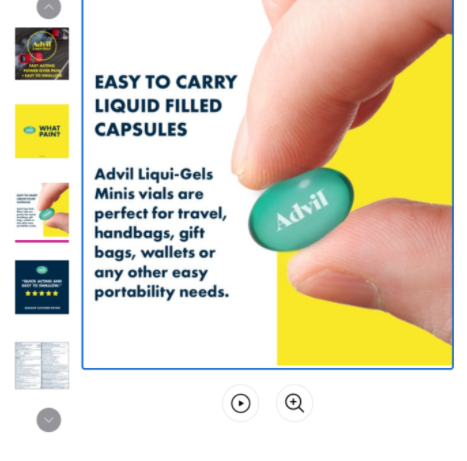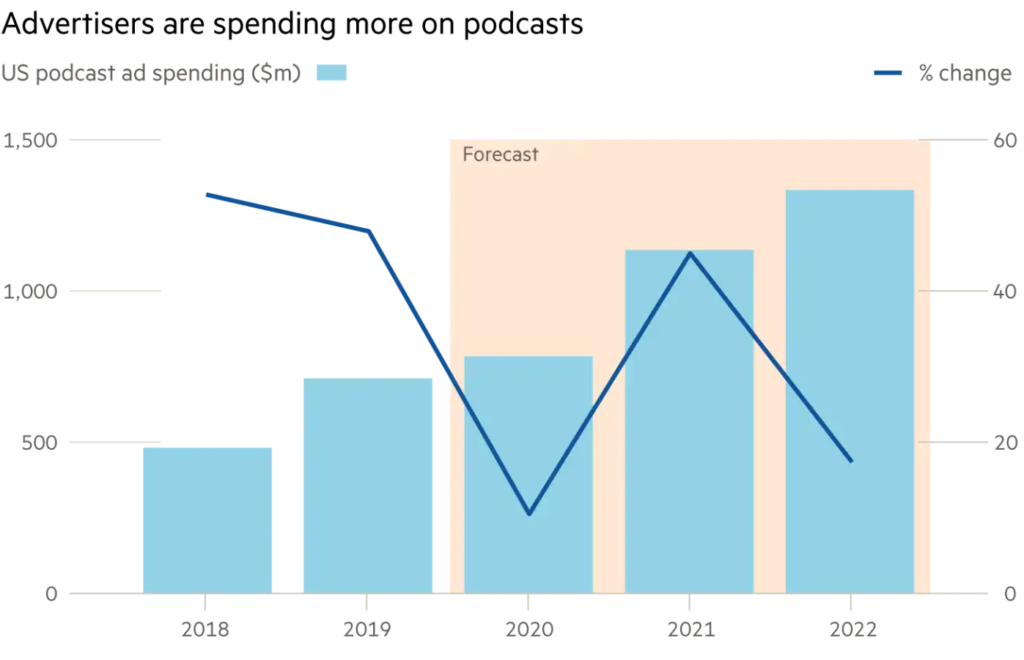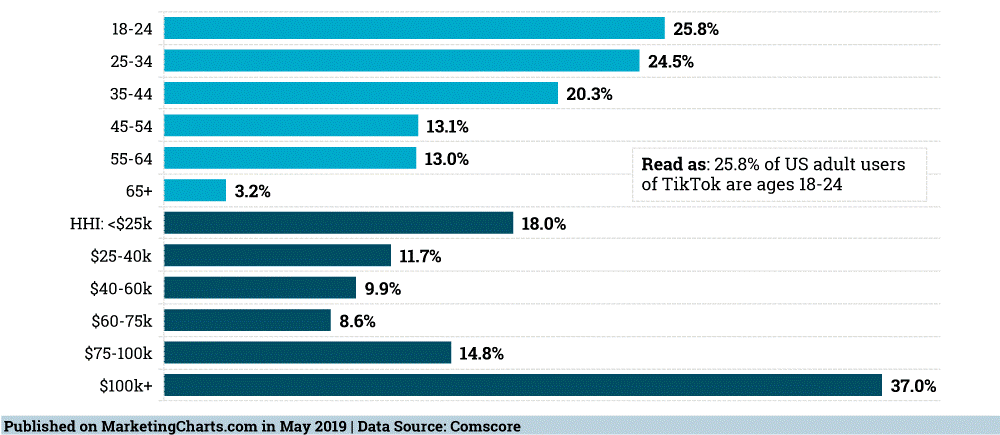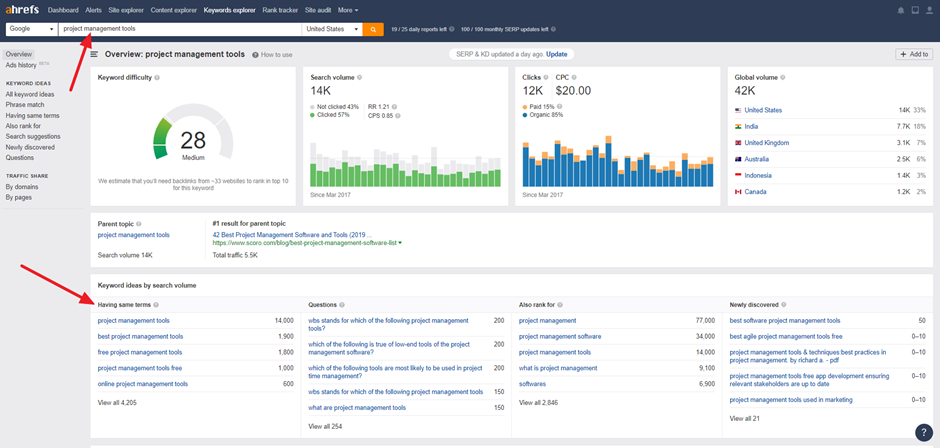Facebook not only has the largest user base, with over 2.3 billion monthly active users, its ad system is one of the most dominant. Since Facebook gets tons of data from their users, who enter it voluntarily on their profile (things like age, location, and interests), they have a good idea of who users are and what they like.
Therefore, for advertisers seeking to acquire more leads and close more deals, Facebook’s ads platform becomes a go-to because it serves highly-targeted ads of products users are likely to buy, sites they tend to access, or events they’d love to attend.
With Facebook ads now in several varieties, you can promote your Page, posts on your Page, actions users took, or your website itself. Despite Facebook’s increasing focus on native ads and keeping traffic on its site, you can still be successful in redirecting users to your website.
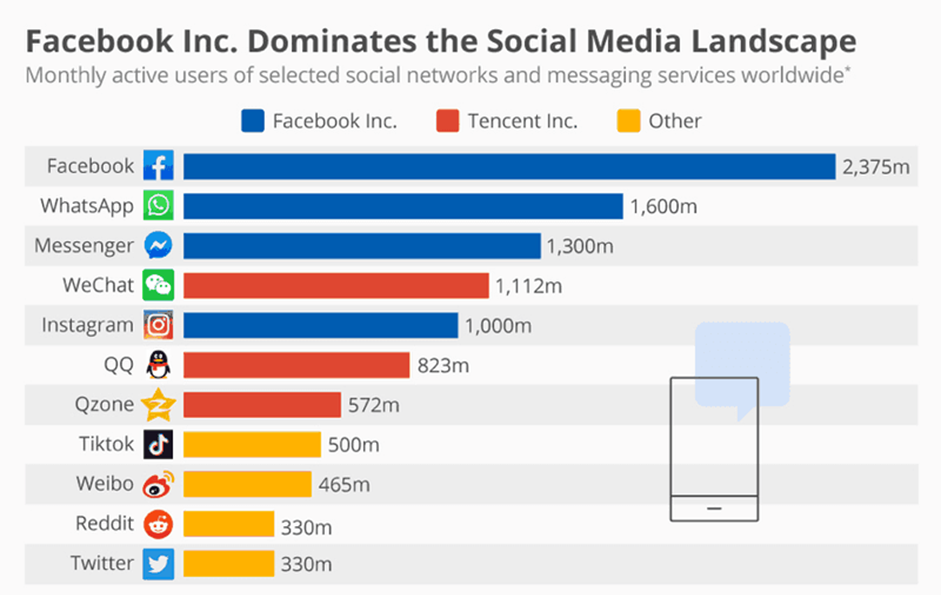
Source: Statista
How the Facebook Ad delivery system works
Every time you launch an ad, you are entering it into the ad delivery system and asking Facebook to show your ad to its users in exchange for your bid. Hence, there are several factors that determine how often your ad is going to be shown to users and at which cost, and that’s where things get a bit tricky.
The overall principle Facebook uses to determine which ads to show its users is value. Facebook assigns a value to every ad, which in turn determines how it will be shown to users on its various networks. Even though the exact mechanism that Facebook uses to measure your ads’ total value is a safely-guarded secret, Facebook does communicate the following formula:

Where bidding represents the advertiser bid that you set in the auction, hence is a factor you have control over.
The estimated action rate takes into account everything about your advertiser account on Facebook, as well as some of the behavioral characteristics of the user that is viewing your ad. It looks at the history of your page, ad account, campaigns, and ad sets.
User value is about the ad quality and relevance. This is where Facebook evaluates the experience that the user has after they click on your post.
Types of Facebook Ad Scaling Strategies
There are two underlying strategies that most scaling tactics are based on. Each strategy comes with its own advantages and challenges you’ll want to look at before deciding on what to do next.
Vertical Scaling
Vertical scaling is the most straightforward growth strategy there is. When you scale vertically, you simply increase the budget on your existing campaigns and ad sets to reach more potential customers.
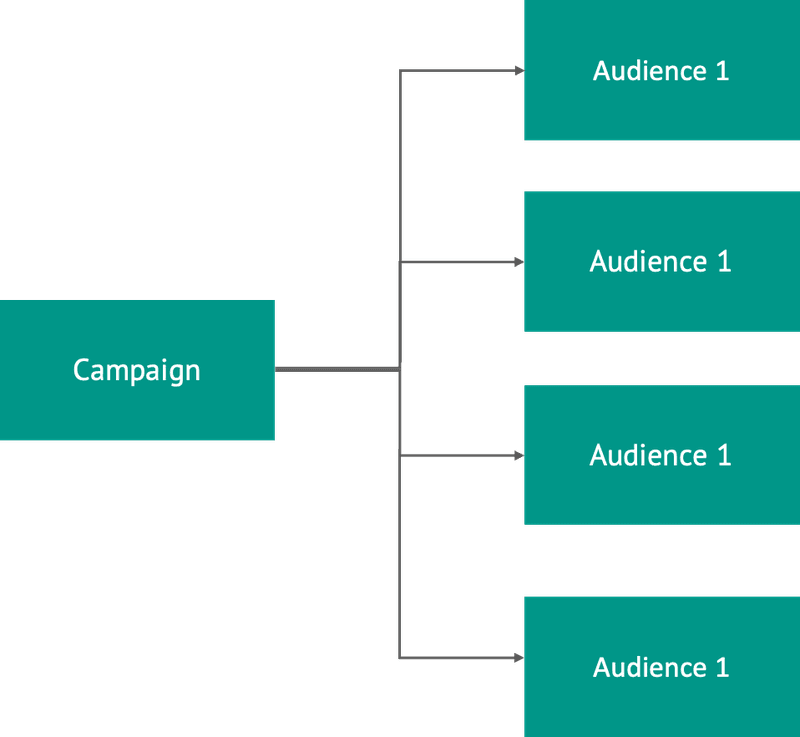
Source: Solidhq
Simply, vertical scaling is done by increasing ad budgets or duplicating your winning ad sets. However, the biggest challenge in vertical scaling is to increase your ad budget in small increments, rather than doubling or tripling it too quickly. This is because Facebook’s algorithm needs to adjust to the budget changes you make.
Horizontal scaling
Horizontal scaling tactics are more time consuming and require you to do more legwork, but they are often the most rewarding. The main objective here is to continuously expand to new audiences and test new ad creatives and offers.

Source: Solidhq
Conversion Tunnel Strategy
Using automation strategically will be the most impactful tool to scale Facebook ads. To use them strategically, you need to start, well, a strategy. The idea behind the Conversions Tunnel strategy is to set high and low boundaries for your key metrics, like an enclosed “tunnel” your ads must operate in. You never let those key metric values out of the tunnel and adjust other settings according to them.
In the first tactic, you’ll use automated rules to increase the bid on ads with too low of a bid preventing them from being delivered and then an automated rule to decrease the bid for ads that are delivering but not performing.
Auto-manage ad set budgets with Campaign Budget Optimization (CBO), a new way to control budgets across ad sets. With a CBO enabled campaign, you don’t control the budget at the ad set level and Facebook will distribute the budget you set at the campaign level to the best-performing ad sets. To enable CBO, you can either create a new campaign or activate it for an existing one in campaign settings as shown below.
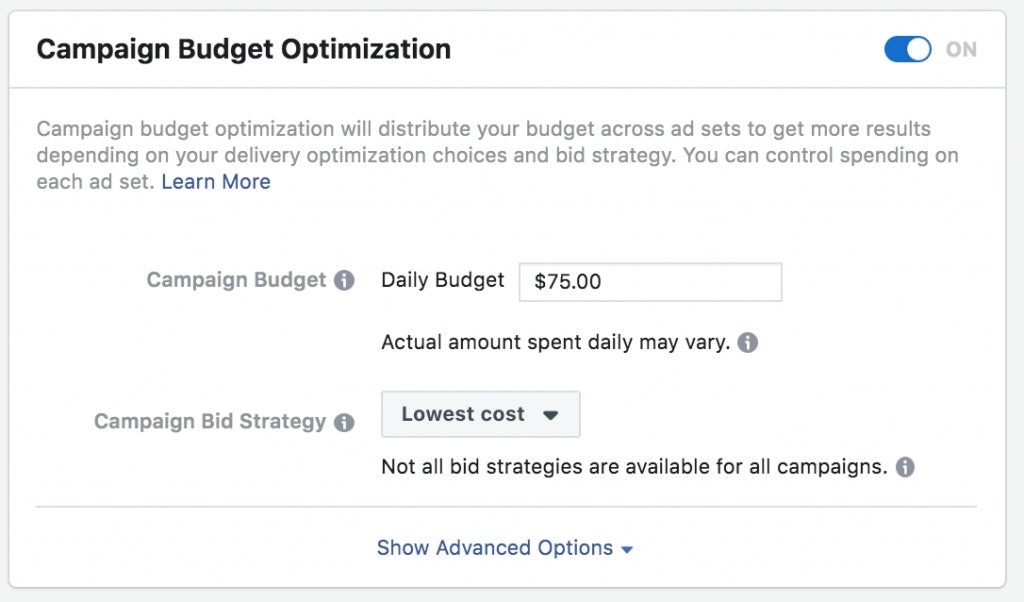
Source: Facebook
Key Ways to Scale Facebook Ad Campaign
Test new lookalike audiences
Facebook lookalike audiences are completely new audiences Facebook can create by finding similar people from a given seed audience. This can be done by either purchasing pixels or high life-time-value (LTV) customers from customer relationship management (CRM).
Purchasers from pixel: This lookalike audience is being built from purchasers with only a 1% audience which consists of the people most similar to your seed audience.
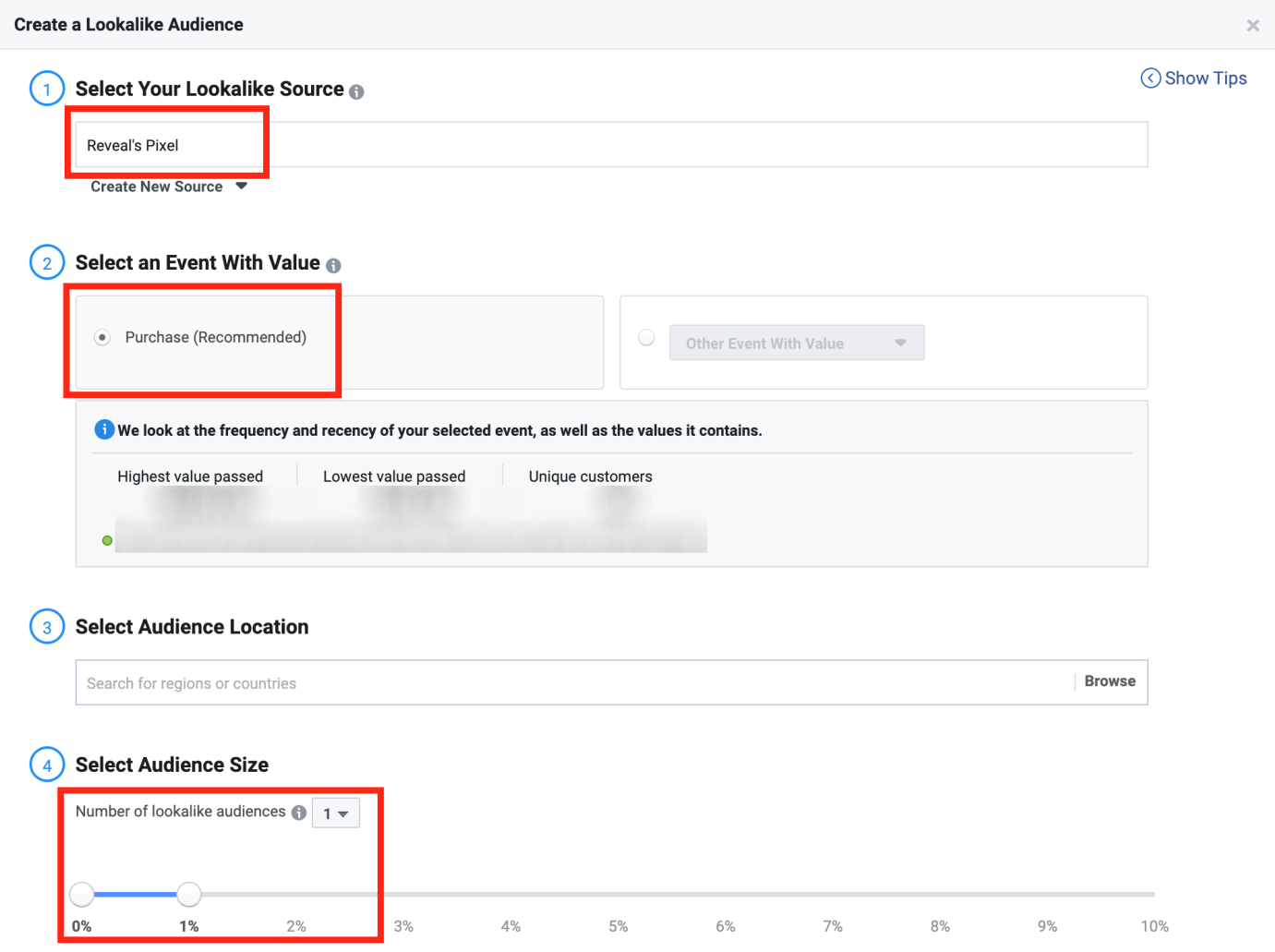
Source: Facebook
High LTV customers from CRM: If you have a lot of customers in your CRM or database, you can build lookalike audiences of specific segments of your customers instead of all them at once.
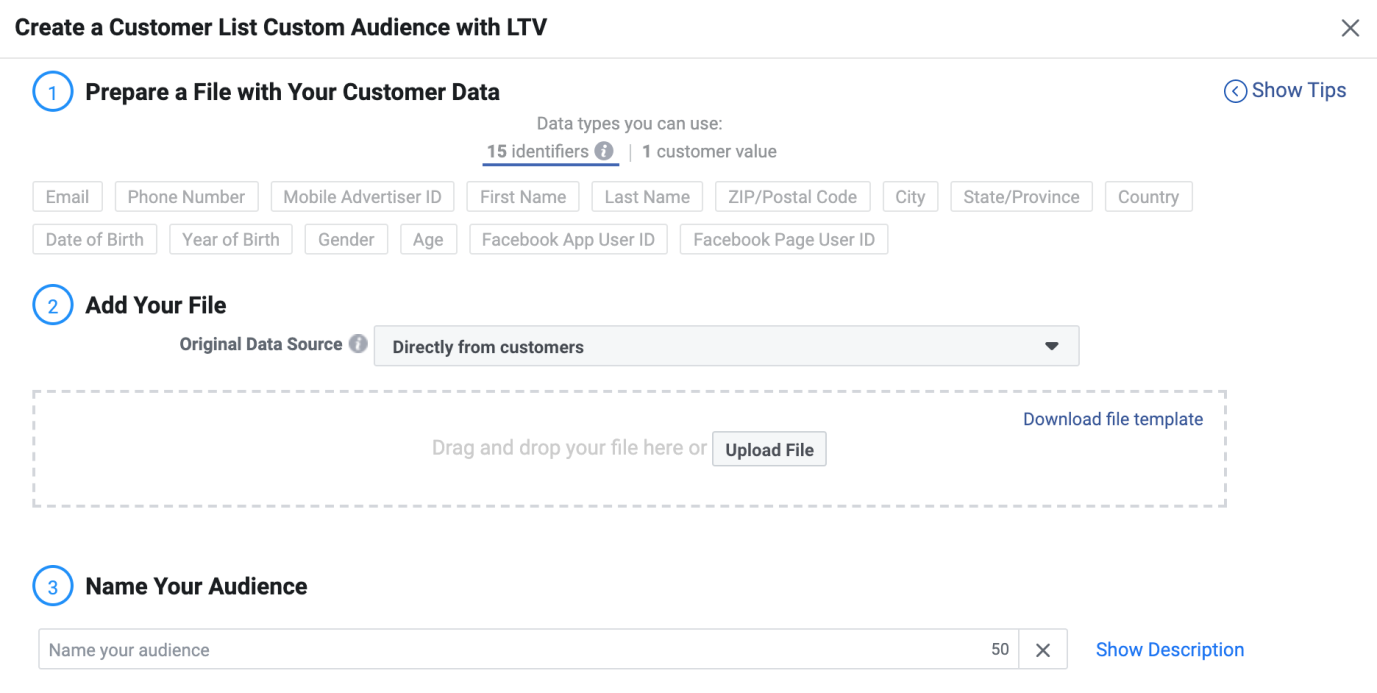
Source: Facebook
Note that the more information you include for each person, the more likely Facebook will be able to match your data to Facebook profiles and produce a better lookalike audience.
Test new interest audiences
Targeting new interests that you haven’t tried before can be another way to reach new audiences to scale your Facebook ad campaigns. Using automation with the conversion tunnel strategy will help you manage your budget across these new audiences so all you have to do is find the audiences and set up the new campaigns and ad sets.
- Slow and steady 20% budget increases
A common technique to scale budget and conversions on ad sets in by increasing your ad set budgets by 20% every two to three days. While it takes time to grow the budget with this strategy, but the ad set’s life will be longer and with fewer dips in performance.
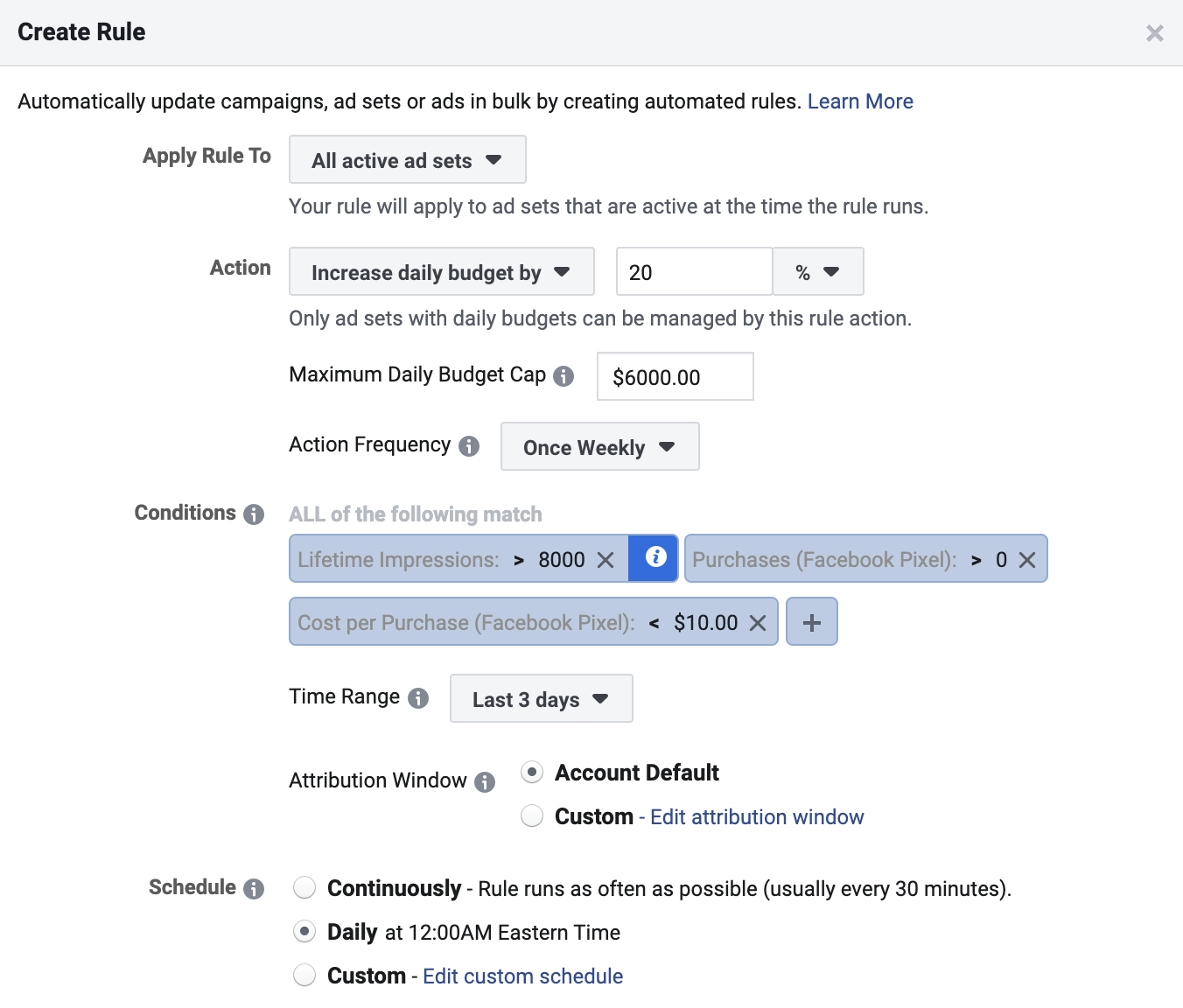
Source: Facebook
Use automated rules to scale Facebook ads
Machine learning is allowing for more and more aspects of digital campaigns to become automated, so it’s important to make sure you’re staying in the know with new features. Using automation will be essential for the next scaling tactics because when you automate your ad management, you’re making precise scaling adjustments 24/7 as soon as opportunities are presented.
Duplicate successful ad sets
Duplicate successful ad sets without making any changes to the original one. This is a very potent tactic because few advertisers tactfully prefer not to mess with ad sets that are working well and instead launch exact copies of successful ad sets. Therefore, when duplicating an ad set, create it with a higher budget and now you will have more ad sets that in theory should be successful.
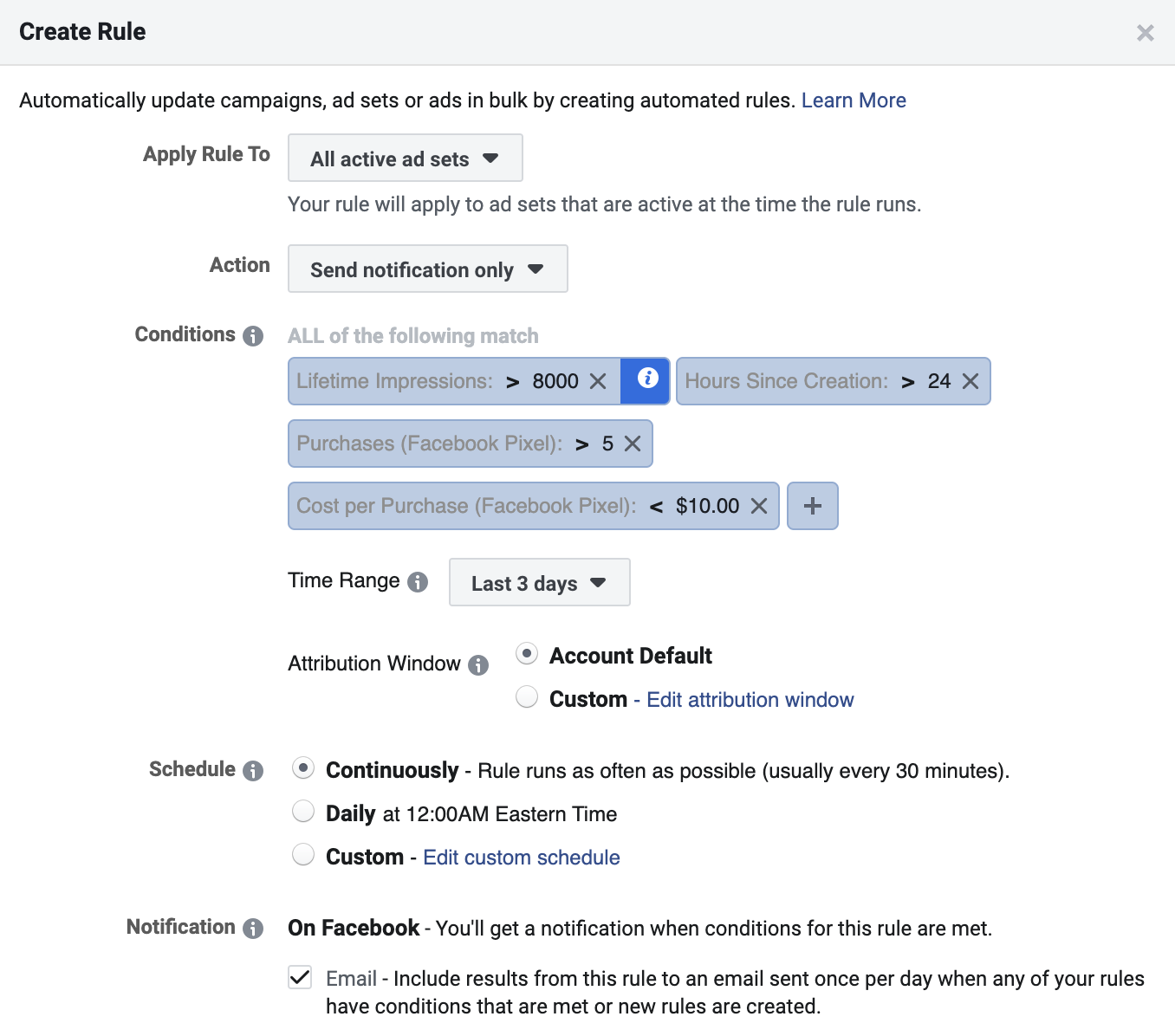
Source: Facebook
Duplicate unsuccessful ads
You can duplicate an underperforming ad to give it a second chance. Again, Facebook’s automated rules can’t duplicate an ad set or an ad, but you can create the same automated rule to notify you as shown above.
Secure the lowest manual bid
If you’re using manual bidding and you set the bid too low for an ad to win the auction, the ad set will not be able to spend the budget preventing you from scaling your Facebook ads. If you ever experience low deliverability (measured by low impressions) with a manual bid, you should therefore try slightly increasing the bid until it starts getting delivered in the auction.
Here’s how to set it up in Facebook’s native automated rules tool: Facebook rule to increase bid for underdelivered ads

Source: Facebook
This rule will increase the bid by 25% if an ad has had less than 100 impressions the day before. The drawback of the rule is having to wait 24 hours to see if a slight bid increase makes a difference – this is a limit in Facebook’s “time range” capabilities.
Automatically increase or decrease ad set budget based on performance
Similar to stop-loss order in stock trading, Facebook’s native automated rules tool can automatically decrease the budget of an ad set if it’s not profitable. In this rule, the ad set’s daily budget will decrease by 25% (checked daily) if the ad set has spent more than $100 with only two purchases or less. You should change these numbers to fit your business.
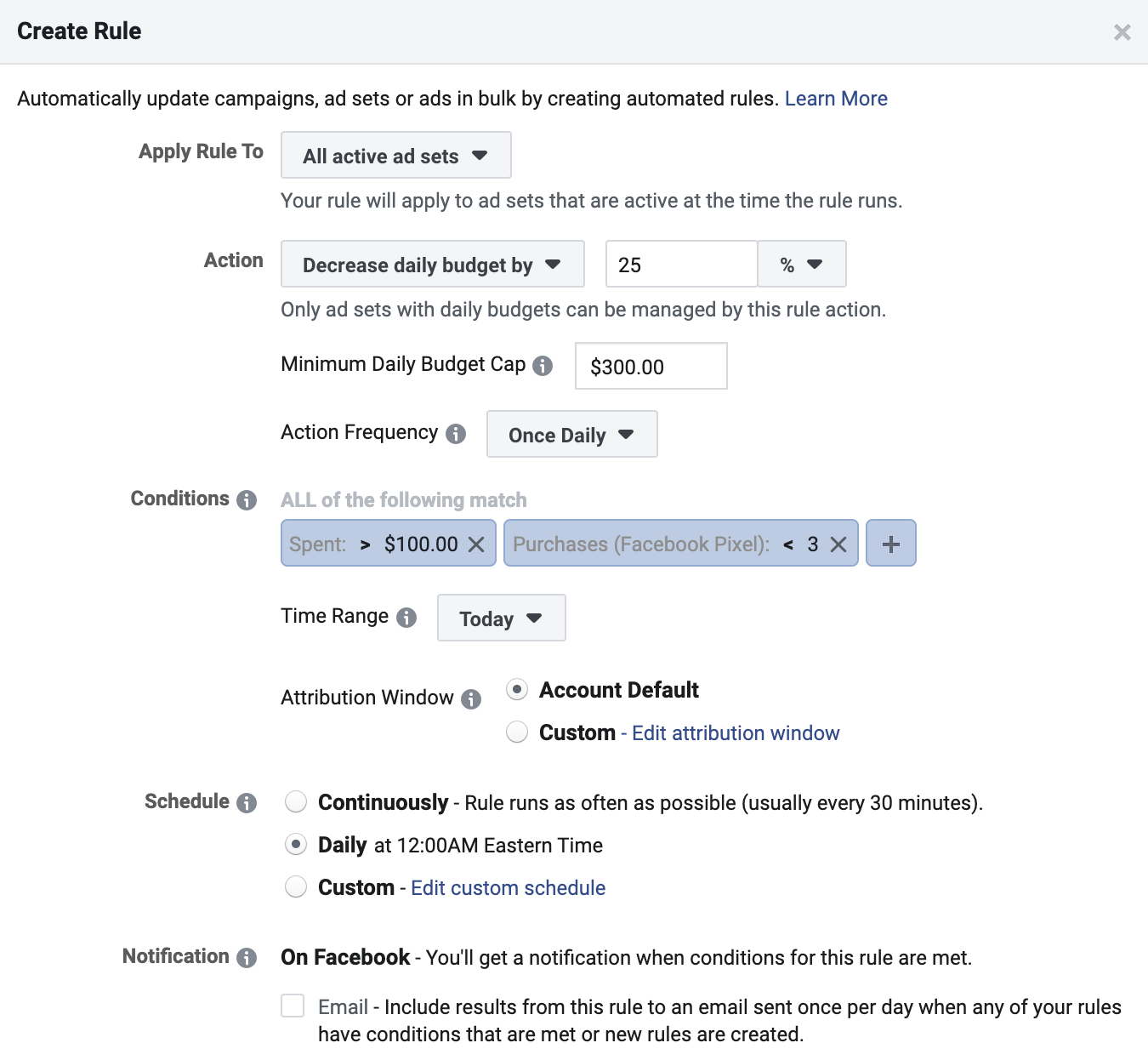
Source: Facebook
You can also change the condition metrics to be cost per result or website purchase ROAS depending on your campaign and use case. When there is not enough conversion data to make a decision, you can go a step back in the funnel and use add-to-carts instead of something like a purchase event or cost metric.


